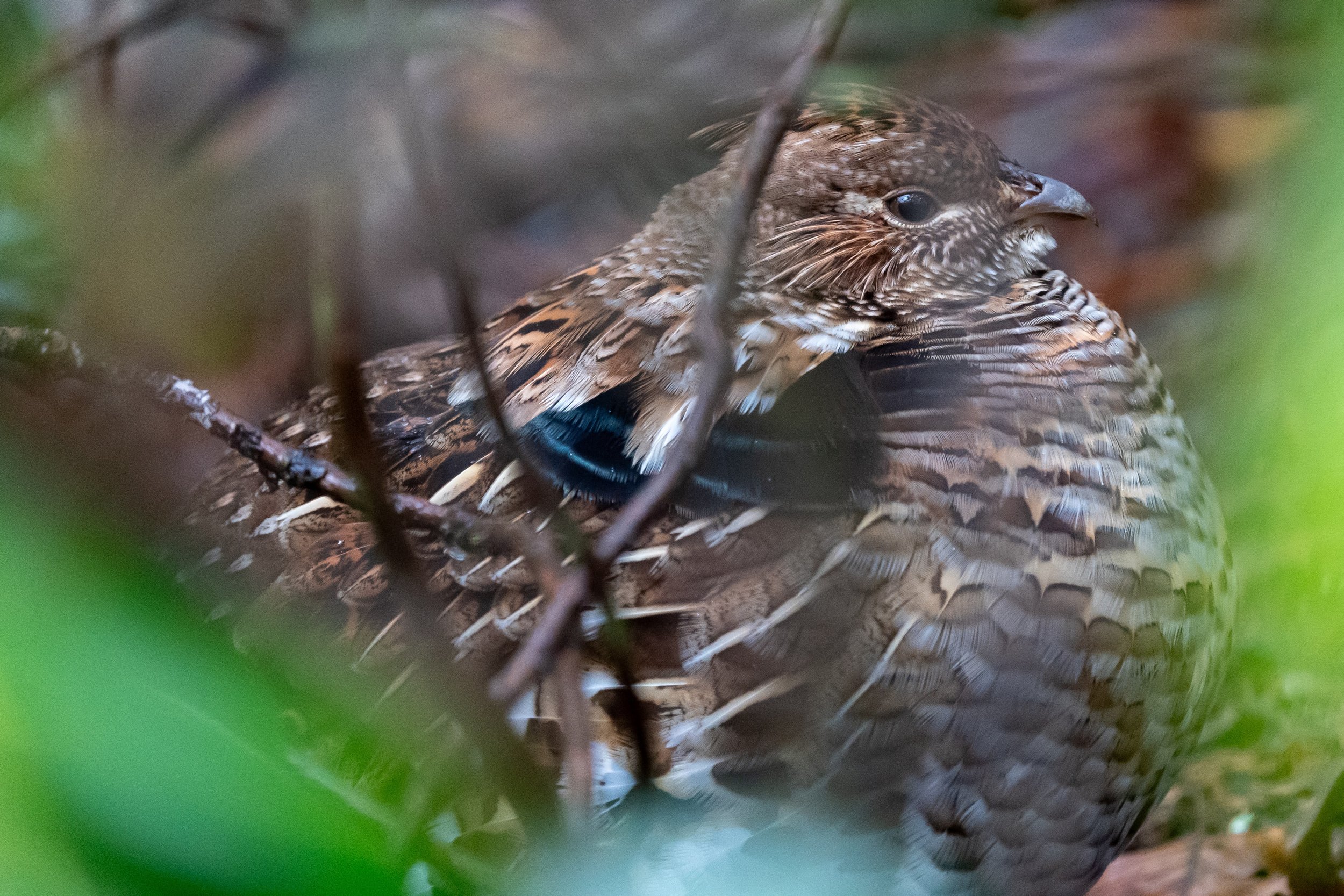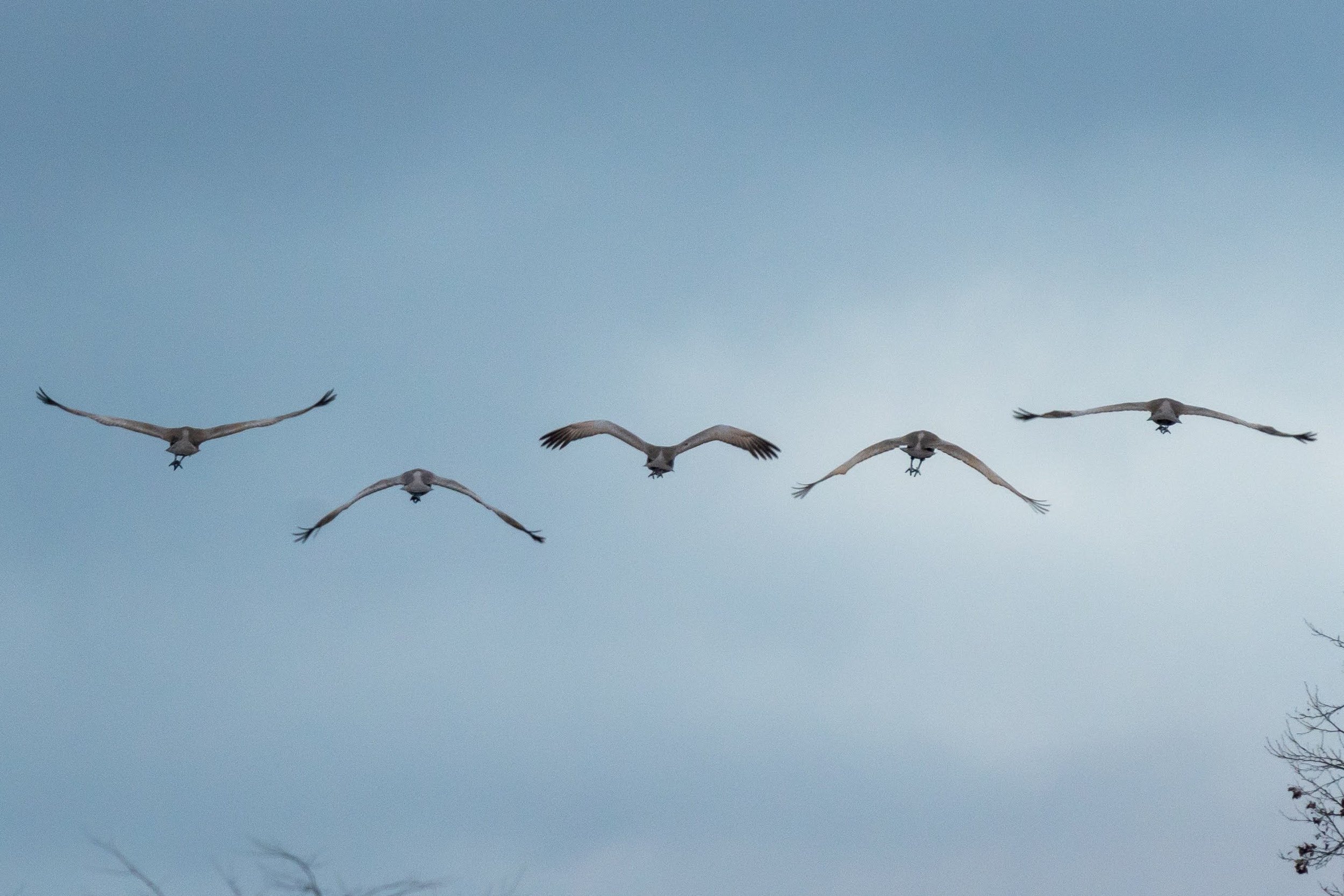

Butcher Birds: The Loggerhead Shrike
When someone says the name “butcher bird,” what comes to mind? Do you think of a raptor with a hooked beak and strong talons to shred their prey apart? Or maybe an eagle with a chef’s hat, holding a butcher knife? Whatever does come to mind, it likely isn’t a songbird. But that’s exactly what the butcher bird is! Let me introduce you to the most deadly passerine in Virginia, the loggerhead shrike, A.K.A the butcher bird!

Spruce Juice: How to Make Spruce Tea
Looking for some natural relief this cold and flu season? Try making spruce tea! Spruce tea is rich in vitamin C, a natural immune-booster, and its bright and citrusy flavor tastes a lot better than cough syrup.

Little Drummer Boy: The Ruffed Grouse
Ever been in the woods and heard someone trying to start a car? More likely it was just a male ruffed grouse “drumming” by beating its wings back and forth very quickly.

Birding at Burkes Garden
Last weekend, the Blue Ridge Birders and friends traveled to beautiful Burkes Garden looking for raptors and other winter resident birds.

Frozen Frogs: The Wood Frog's Unique Defense Against Winter Conditions
Arctic blast with its sub-freezing temperatures got you worried about all these critters in our lovely Blue Ridge mountains? You shouldn’t be! Many species have adaptations to help them survive winter conditions, but wood frogs have an especially incredible and effective method of surviving freezing temperatures—they freeze solid!

All it's Clocked Up to Be: Circadian Rhythms
Have you noticed that the days are getting shorter? You’re not the only one! We’re a little under two weeks away from the winter solstice, and subtle seasonal shifts like cooler temperatures and shorter days affect plants and animals (including humans!) in significant ways. Keep reading to learn about circadian rhythms and how animal and plant behavior changes throughout the year!

Mysteries Afoot: Identifying Appalachian Animal Tracks
Animal tracks are an interesting tool for anyone with a keen eye who wants to learn more about the habits and behaviors of our animal neighbors.